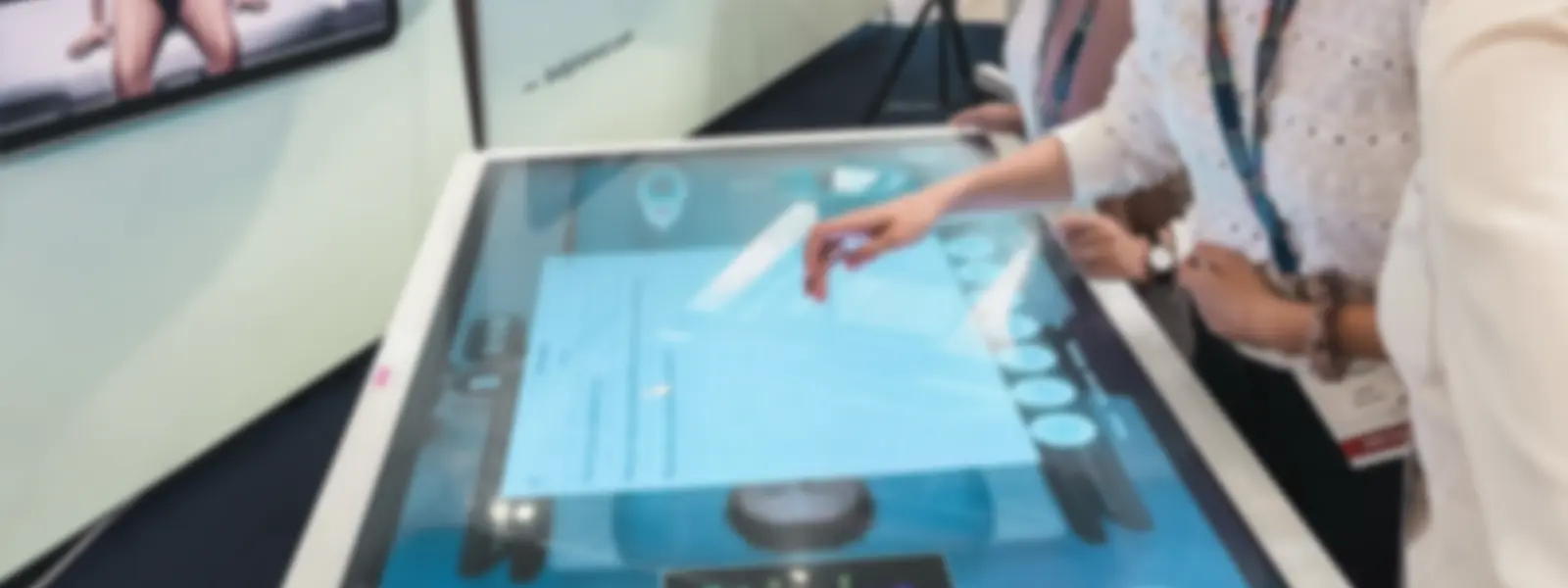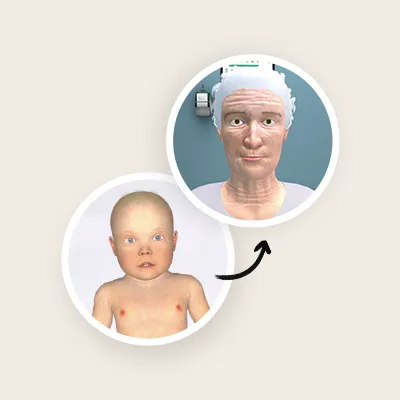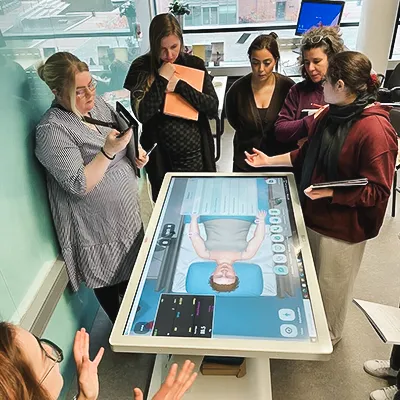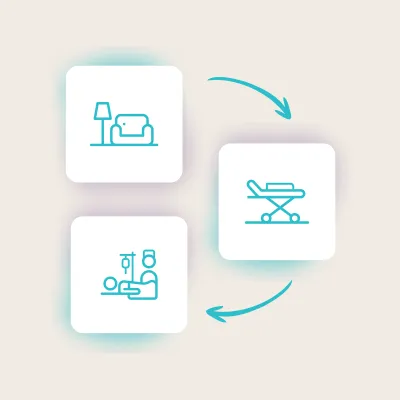Research: A Multi-professional Pan-Canadian Evaluation of Virtual Simulation in Healthcare Education
Virtual patient simulation has emerged as a groundbreaking tool in healthcare education, revolutionizing the way students learn and prepare for clinical practice. This innovative approach combines technology, interactive learning, and realistic scenarios to enhance critical thinking skills and improve patient care outcomes.
The paper presented in this post explores the findings of a multi-professional, pan-Canadian evaluation regarding virtual simulation.
The virtual work-integrated learning (Virtu-WIL) program
In 2021, Body Interact participated in Virtu-WIL, a program funded by the Canadian government. This program was developed in collaboration between Colleges and Institutes Canada and Simulation Canada. The goal of this project was to develop, test, and offer virtual simulations to foster post-secondary healthcare education in Canada.
In January of this year, a study was published about the project, mentioning Body Interact. The full article may be found at Advances in Simulation journal.
Virtual Simulation in Healthcare Education: A Multi-Professional, Pan-Canadian Evaluation
Aim of the research:
Margaret Verkuyl and her colleagues evaluated the impact of virtual simulations on healthcare education in Canada. The study aimed to assess the effectiveness of the Virtu-WIL program, which offered virtual simulations to enrich healthcare clinical education. Body Interact was one of the seven platforms enrolled in this project. The evaluation included 1715 nursing, paramedicine, and medical laboratory students from 18 post-secondary universities, colleges, and institutions across Canada.
Research outcomes:
The research outcomes demonstrated that most students found the virtual simulations engaging and helpful in learning and preparing for clinical practice.
However, the study also highlighted the importance of careful planning and the application of simulation pedagogy when incorporating virtual simulations into the curriculum. When those two crucial elements are taken into account virtual simulation proves to be an engaging and effective method for student preparation in clinical practice.
The authors suggest the need for further research in areas such as curriculum integration strategies and the timing/sequencing of Virtual Patients to optimize student preparedness for practice. Additionally, they propose that Virtual Patients could potentially reduce the need for in-person clinical hours required for practice readiness.
Conclusion
Virtual patient simulation is transforming healthcare education by providing students with realistic, interactive learning experiences. The use of virtual simulations has been shown to enhance critical thinking skills, promote learning, and increase students’ readiness for clinical practice. As technology continues to advance, virtual patient simulation will play an increasingly critical role in preparing healthcare professionals for the complexities of real-world patient care.









